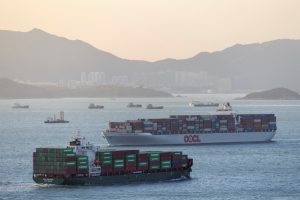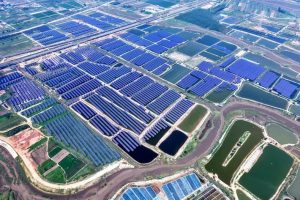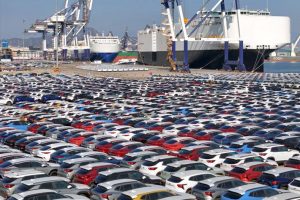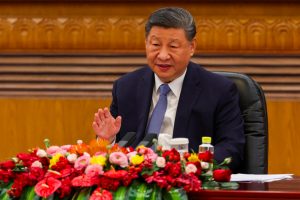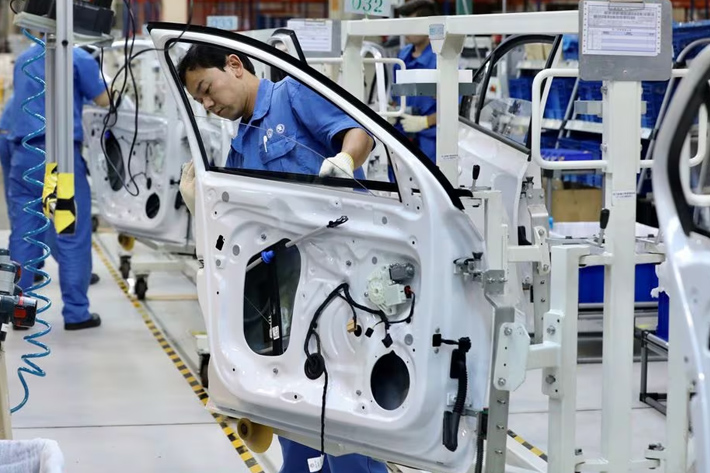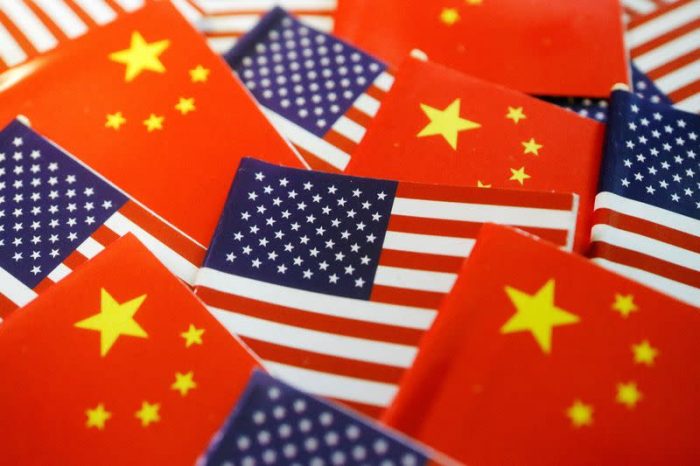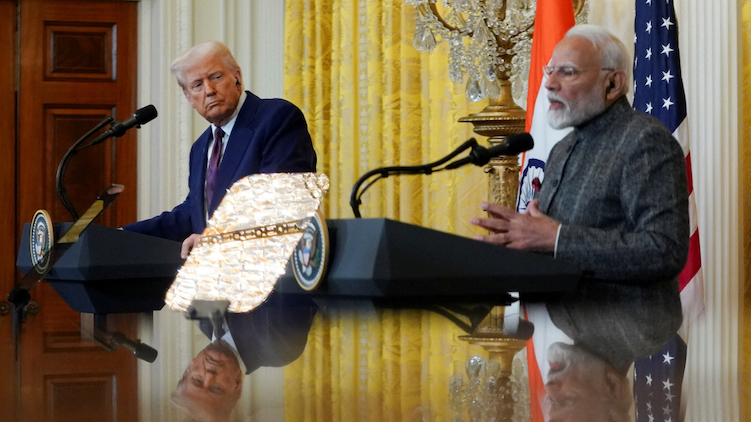Global adoption of renewable energy has continued to surge in multiple countries, with Indonesia, Australia and many nations in Africa committing to greater use of solar energy in recent months.
Early in August, the Indonesian government announced an energy self-sufficiency plan to deploy 100 gigawatts of solar across the huge archipelago nation, with solar-plus-storage mini grids replacing diesel power plants – to provide cheaper and cleaner power in 80,000 villages across the country’s 17,000-plus islands.
Each will have 1 megawatt of solar arrays with 4 megawatt hours (MWh) of battery energy storage (BESS) systems, which will be managed and run by Merah Putih village cooperative, according to a report by PV Mag. The mini-grids are expected to nearly halve villages’ power costs.
ALSO SEE: S Korea’s Lee Will Try to Pacify Trump With Big Shipbuilding Boost
This has been described as a “challenging” multi-year project – expected to be the largest rural electrification project in Southeast Asia – being led by the Ministry of Energy and Mineral Resources, plus other state entities.
It will reportedly require the training of workers skilled in solar installations via collaboration with universities and vocational schools in each province.
The announcement follows news in June that Longi, one of China’s top solar-panel makers, plans to build a large solar cell and module factory in West Java with Pertamina New & Renewable Energy, a branch of the state utility Pertamina. That facility should nearly double the country’s production capacity of solar panels.
Seg Solar, a US solar manufacturer, is also reported to be looking to set up production in the country.
Sales of home batteries soar Down Under
Meanwhile, Australia is also expanding its solar deployment via a popular home battery rebate offered by the federal government in July.
Australia has undergone a solar boom over the past decade and a half, and as of the end of June 2025, there were more than 4.16 million PV installations, with a combined capacity of over 41.8 gigawatts.
Solar energy now provides about a fifth of the country’s power and that ratio is expected to increase much further in coming years.
“Since the government’s Cheaper Home Battery Program began at the start of July, Australian households have been installing 15 megawatt hours’ worth of batteries per day, or about five times more than were added on the average day in 2024,” a report by the Sydney Morning Herald on August 22 said.
Under the scheme, the cost of home battery systems has fallen by nearly a third, and house owners who have already installed panels on their roof have jumped at the chance to use more of the power they generate – and sell the excess back to grid operators for higher prices at peak hours.
“The surge of new clean power will support additional solar that will cut Australia’s overall greenhouse gas emissions by 3.4% by 2035 – equivalent to around 21 million tonnes of carbon dioxide – helping the government meet a new emissions reduction target it is expected announce in coming weeks,” it said.
Analysts said the surge of home battery adoption showed that the solar and battery sectors were able to quickly scale up operations, and that suggested that households could play a larger role in the broader energy transition.
Home battery adoptions were now tipped to cut 10% in emissions from the electricity sector compared to the country’s 2005 levels, it said.
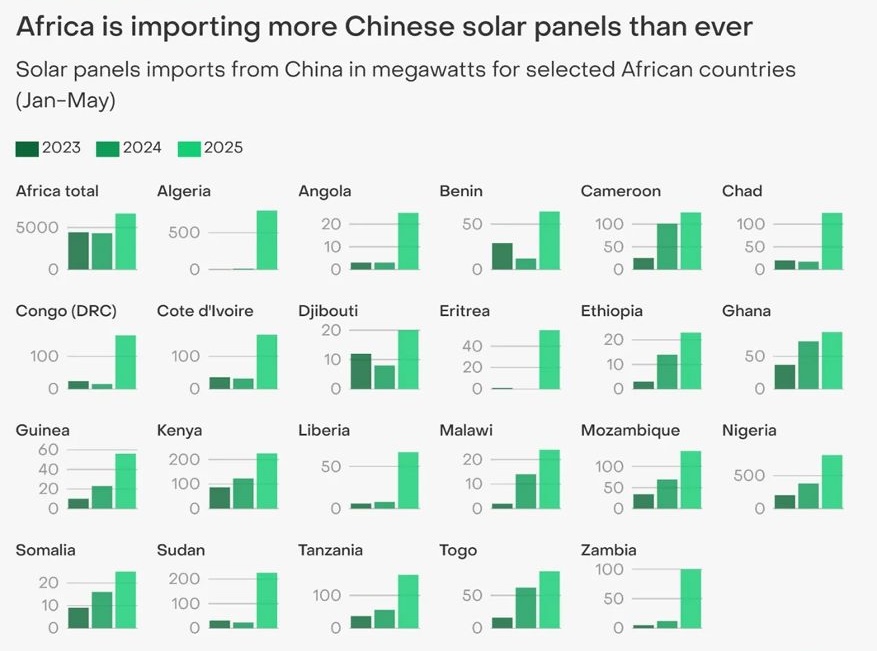
Africans buying more Chinese solar
Meanwhile, a new report by Wired says countries all over Africa have been importing a far greater amount of solar panels from China this year. And some analysts believe it could be the start of a huge move that boosts the transition from fossil fuels to renewables.
Dave Jones, chief analyst at global energy think tank Ember, who tracks the value of Chinese solar panels via customs data, was quoted as saying the rise in purchases came from nearly two dozen small African nations, most of them doubling what they bought last year.
In May, African states bought a record 1.57 gigawatts of solar modules from Chinese panel-makers, he said.
Chad, which is a less-developed country, imported enough solar panels to replace their country’s entire current power generation capacity. “The magnitude of these numbers is just huge in context of what the current electricity grid demand is,” Jones told Wired.
Earlier this year – in March – Carbon Brief reported that Saudi Arabia and Pakistan were among the top importers of Chinese solar panels in 2024. That data also came from Ember.
It said: “China’s exports of solar panels to the Global South have doubled in the past two years, overtaking Global-North sales for the first time since 2018, according to data collated in the Ember export explorer.”
- Jim Pollard
ALSO SEE:
China Lays Down Law to Solar Panel Makers: End Overproduction
Chinese Solar Firms Shed 87,000 Workers, And More Will Go
China Polysilicon Firms Seek $7bn to Shut a Third of Solar Sector
China’s Leaders Keen to End Vicious Price Wars, Curb Deflation
Is China Finally Set to Rein in its Huge Industrial Overcapacity?
China’s Xi Issues Rare Warning on Over-Investment in EVs, AI – FT
China’s Criticism of Price Wars Sheds Light on Xi’s ‘Waning’ Power
China’s Intense EV Price War Taking a Toll on Car Dealers
A Deflationary Spiral Looms Over China as Overcapacity Bites
Solar Overcapacity Kills Projects, Fuels Bankruptcies In China





